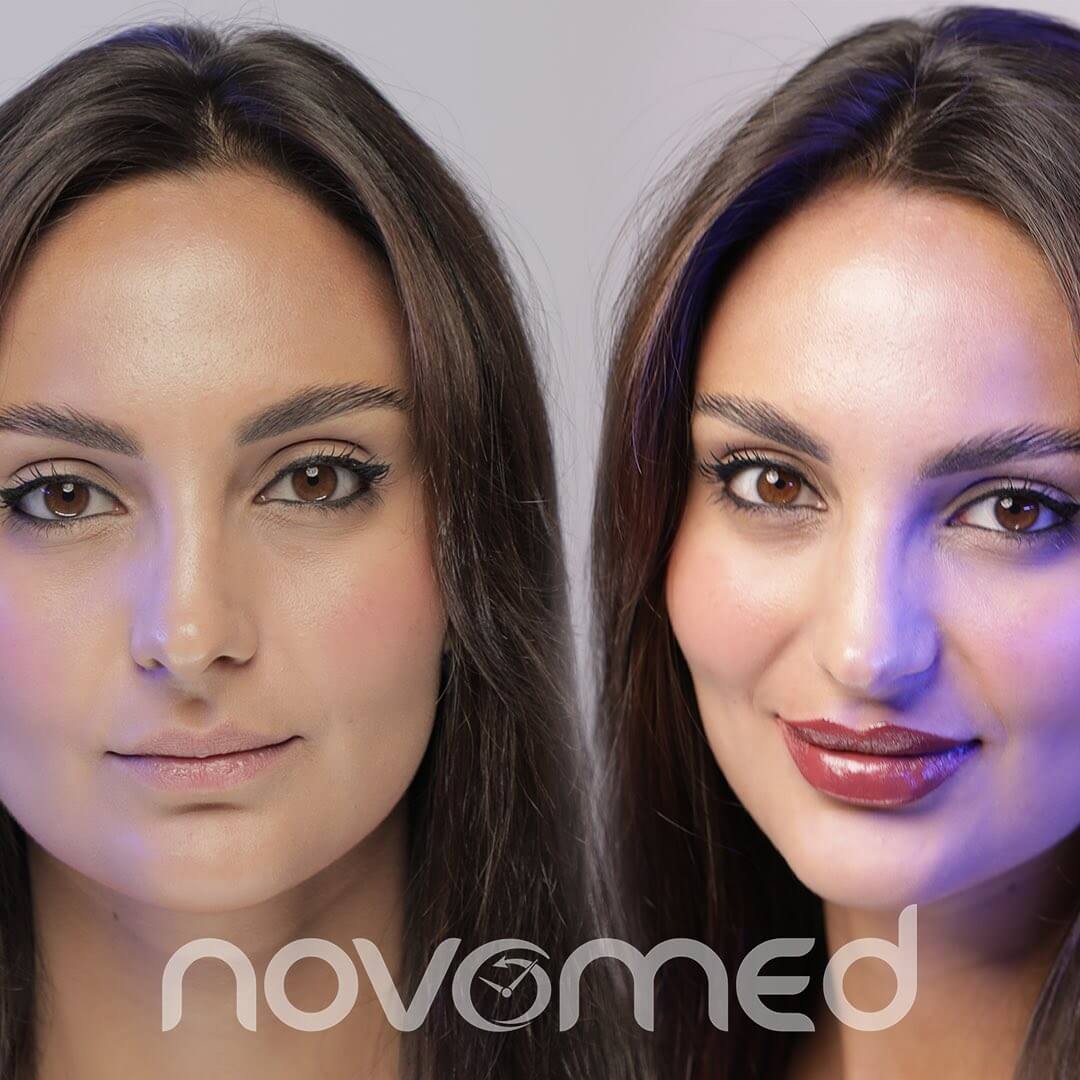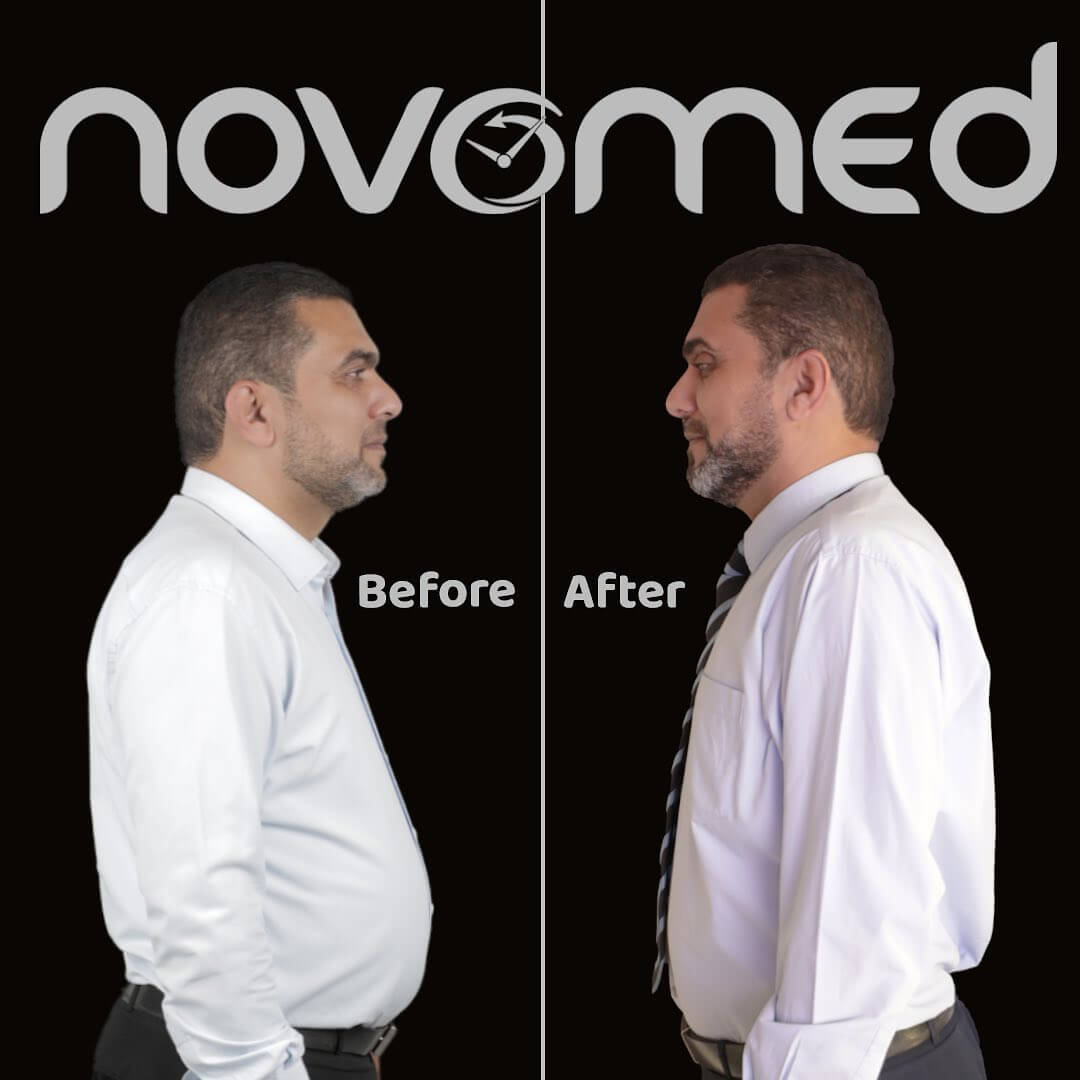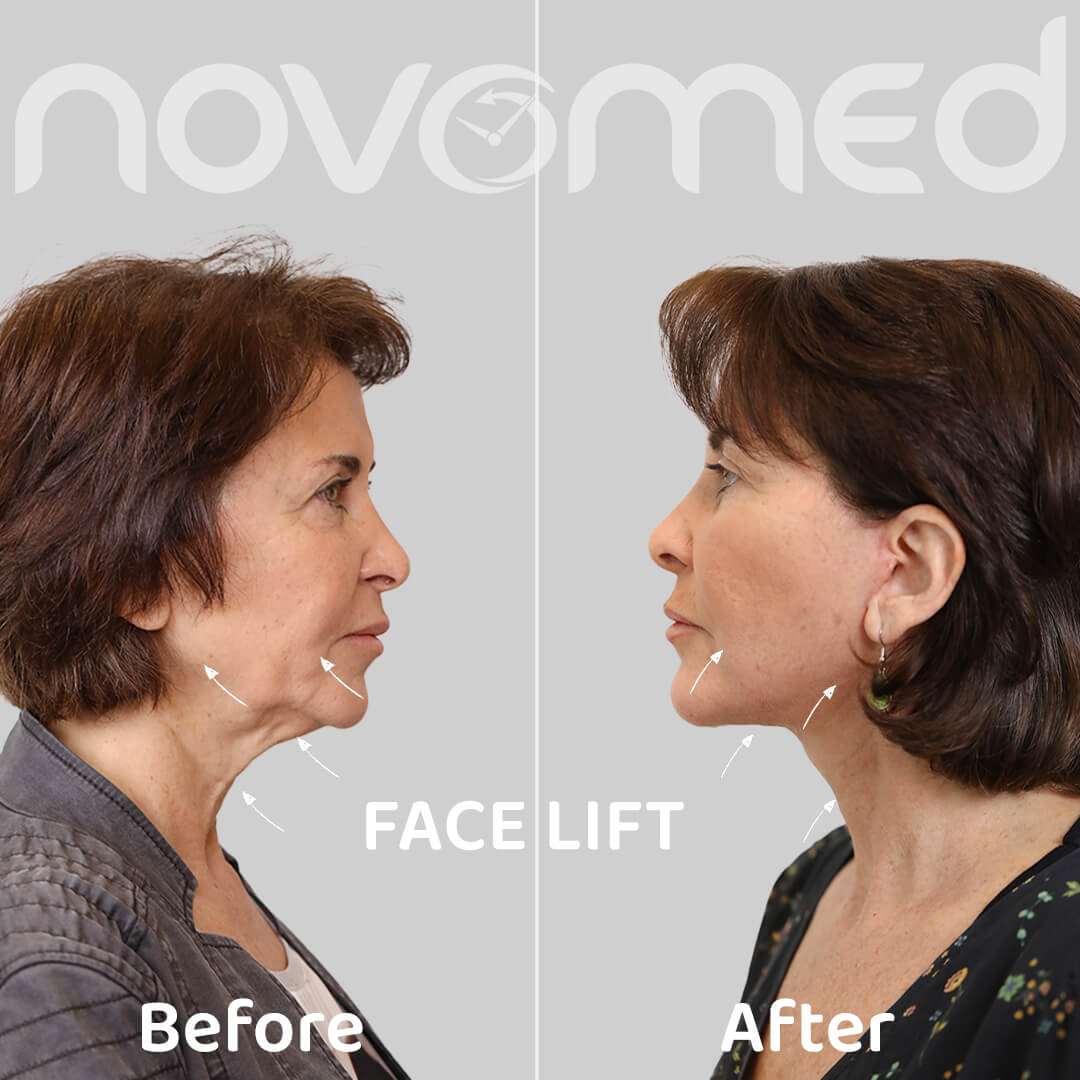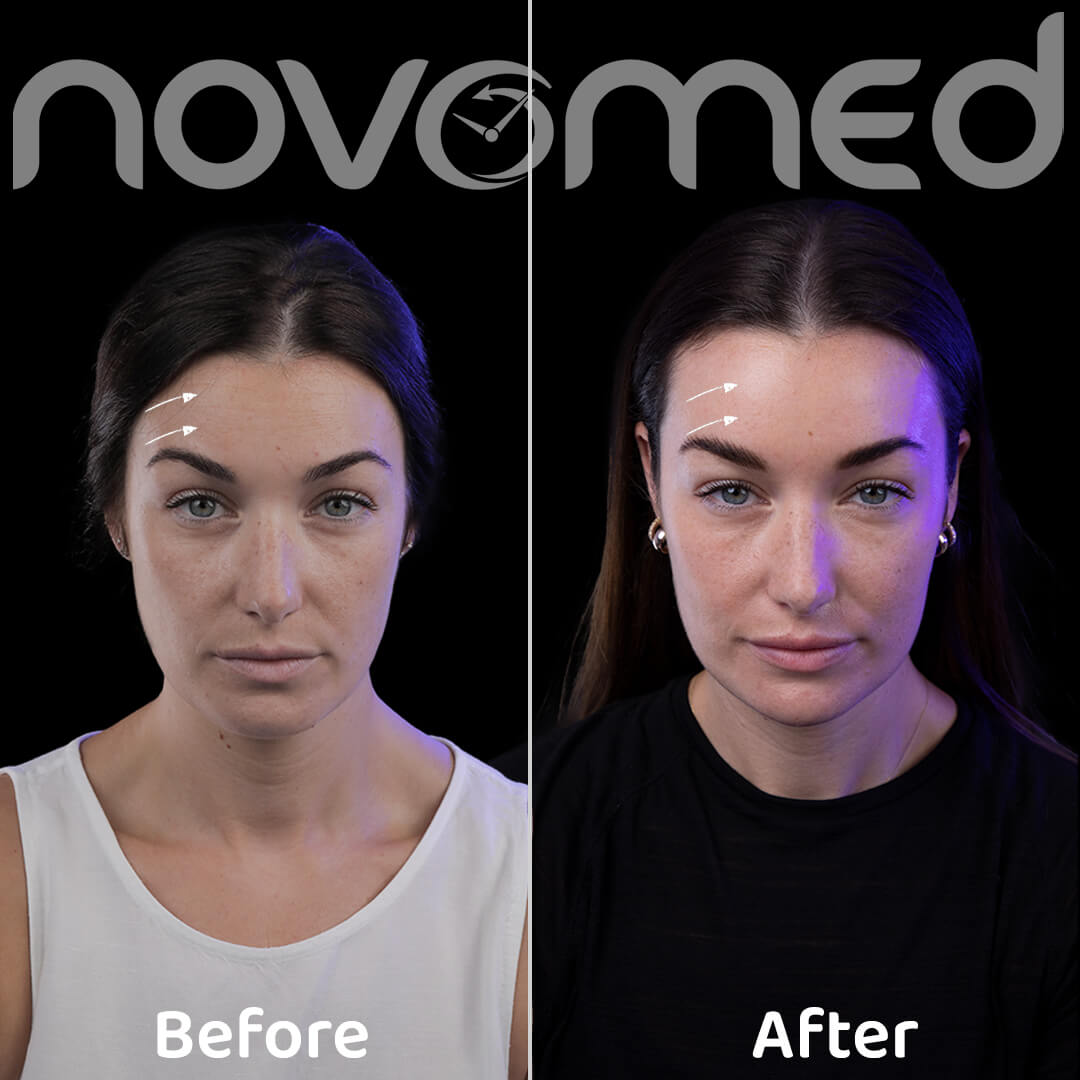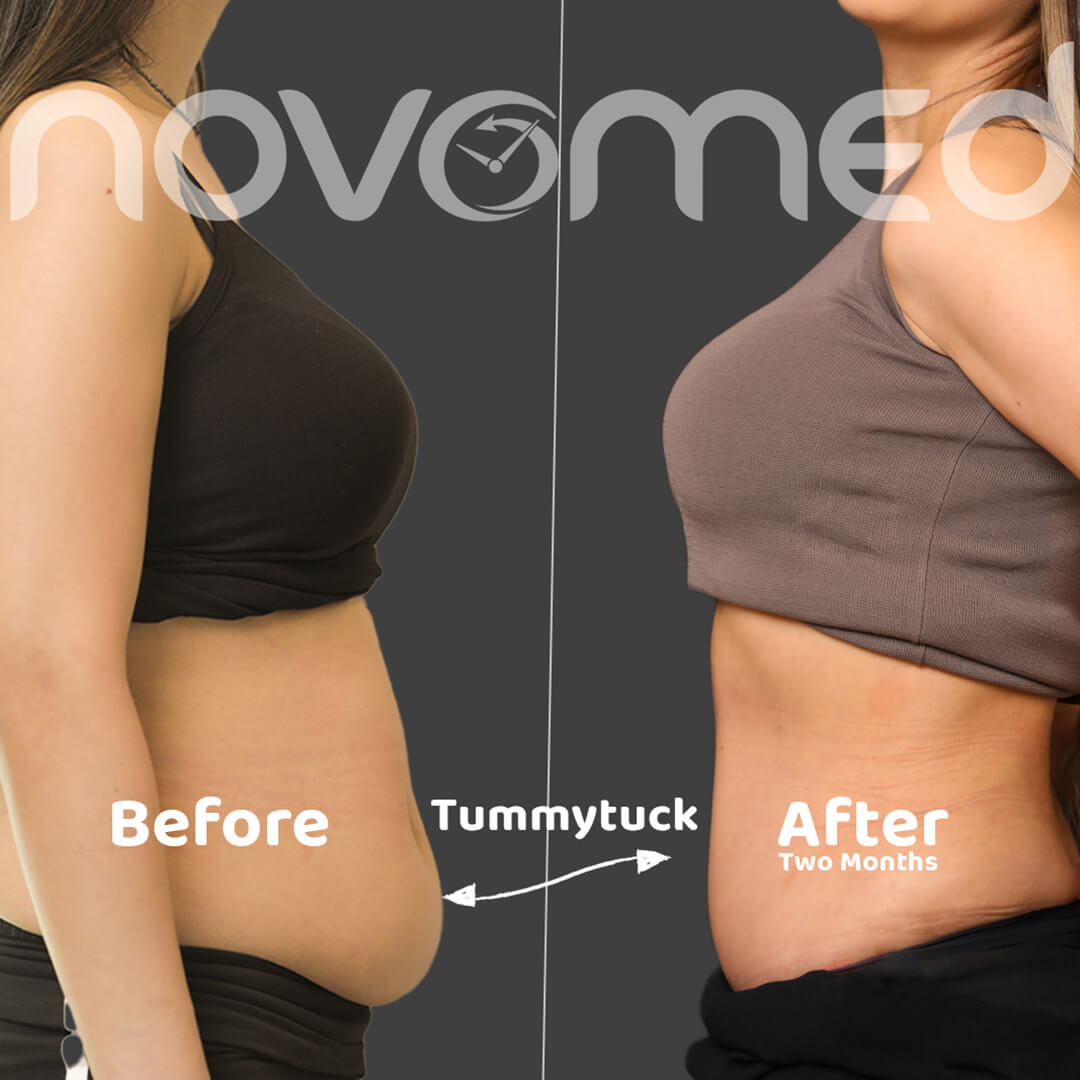When you have missing or damaged teeth, it’s important to know your options. Fortunately, advances in technology have made it possible for you to regain your ability to eat and chew normally no matter how many teeth need to be replaced. Dental implants and dental bridges are both viable choices for replacing missing teeth and each one offers a unique set of advantages
What Are Dental Implants?
Dental implants are artificial tooth roots that bond with your natural bone to create a sturdy base for supporting crowns and bridges. Once an implant is placed securely in your mouth, the dentist can attach a crown that looks and feels like your natural teeth.
When Are They Necessary?
Dental implants are often used to replace missing teeth because they help keep the bone strong, which helps reduce early signs of aging. Your dentist may also recommend implants if you have severely damaged teeth that need to be removed. Rather than leaving you with a gap, you can have an implant placed in the gum, and a crown can be made to fill in the space.
What Are the Benefits of Dental Implants?
Regardless of the reasons for missing teeth, dental implants are an excellent choice for many adults. In addition to providing support for crowns and bridges, dental implants offer several advantages that include:
- Better oral health
- Improved speech
- More comfort
- Effortless biting and chewing
- Improved appearance
- Long-term durability
How Is Dental Implant Surgery Performed?
The type of implant and condition of your jawbone can have a significant impact on how dental implant surgery is performed. However, the procedure involves replacing the tooth roots with metal, screw-like posts to replace damaged or missing teeth. Dental implants are made to look and feel like your natural teeth, which means you’ll have the ability to eat and talk normally once the procedure is complete.
What Is a Dental Bridge?
When you have a gap due to one or more missing teeth, a dental bridge can help fill the space to create a more complete smile. They are often made up of two or more crowns that are attached to the teeth on either side of the gap. However, there are several types of bridges that can be used for different reasons. Depending on your individual needs, your dentist may recommend a specific type of bridge. Here we explain three different types of bridges and why each may be recommended.
Traditional Bridge – Held in place by dental crowns that are cemented to the teeth on either side of a gap, traditional dental bridges can be used when you have natural teeth on both sides of the gap.
Maryland Bridge – Also requiring two natural teeth, or abutment teeth, on either side of a gap, the Maryland bridge uses a framework of either metal or porcelain that is bonded onto the backs of the abutment teeth instead of using crowns to hold the bridge in place.
Implant-Supported Bridge – With dental implants as the framework, implant-supported bridges are made of porcelain and remain securely in place. Typically, one implant is inserted into the gum line for each missing tooth. These bridges are considered the strongest and most stable tooth replacement system because they provide a sturdy, supportive structure for eating and chewing.
What Are the Benefits of Dental Bridges?
In addition to providing a solid structure for biting and chewing, dental bridges help fill in gaps left by damaged or missing teeth. Some benefits of dental bridges include:
- Replaces missing teeth
- Restores the function of your teeth
- Helps prevent shifting of teeth due to gaps
Whether you have one or more missing teeth, dental implants and bridges can help restore your ability to talk, bite, and chew. They can also help improve your self-esteem and give you back your smile. Our goal is to help you get the smile you deserve.
For more information about Dental Implants or to schedule a consultation today with Specialist Implantologist, call us toll-free on 800 (NOVO) 6686 or fill the form below.









